Get Salty!

Fresh Herb Salt
You can use any herbs, but you can’t go wrong with some combination of fresh rosemary, thyme, sage, basil, oregano, chives, cilantro or dill. This salt can be used on practically anything, but it is still salt, so use sparingly. It really shines on roasted chicken, corn on the cob or sliced tomatoes.
1-2 garlic cloves, optional
2 C. lightly packed herbs
½ C. fine sea salt or fine Himalayan pink salt
Begin chopping the garlic and herbs, then add the salt to the cutting board and continue to chop until everything is finely minced and uniform in texture. Spread onto a baking sheet lined with parchment paper and let dry uncovered on the counter overnight. The herbs and garlic should be dry to the touch.
To speed up the process, heat the oven to 175° and put the baking sheet in. Turn off the oven and leave the baking sheet in for a few hours or until the herbs are dry to the touch. Once the herb salt is completely dry, store in sealed jars in a dark and cool pantry for 1 to 2 months. The best place to store and avoid possible mold is in the refrigerator. The herb salt will last 4 to 6 months in the refrigerator in a sealed jar.
Vegetable Peel Salt
No matter which vegetable you use here, the process is the same. You can get creative with your choice of vegetables but a good place to start is with tomatoes, beets, carrots, ginger, parsnips, celeriac, radishes or turnips. These salts will enhance the flavor of any dish that includes those vegetables: roasted beets or beet hummus finished with a sprinkle of beet salt, a tomato and mayonnaise sandwich finished with a sprinkle of tomato salt, a curry or stir-fry finished with a sprinkle of ginger salt, a Bloody Mary cocktail rimmed with tomato salt. The possibilities are endless …
To remove the skins from tomatoes, make a small x on the bottom of each tomato with a knife. Drop into boiling water until you start to see the skin peel away from the fruit, about 2 minutes. Remove them with a slotted spoon and plunge them into a bowl of ice water. When cool enough to handle, peel away the skins.
For other vegetables, scrub under cold water to remove any dirt or debris. Peel away the skins, leaving behind as much of the flesh as possible.
Weigh the peels of each vegetable and spread them out on parchment-lined baking sheets, keeping each vegetable separated on its own baking sheet. Sprinkle an even amount of salt by weight on top of the peels: for example, 80 grams of tomato skins sprinkled with 80 grams of salt. Place in a 200° oven to dry for 3 hours or more. The skins should snap in half, not bend, once they are completely dried. Keep drying in the oven if the skins bend.
Grind the dried skins and salt from each baking tray in a mortar and pestle to create a fine and even mixture. Tougher peels from beets and other root vegetables may need to be pulsed in a food processor. Store salts in labeled and sealed jars in a cool, dark place for 2 to 3 months.
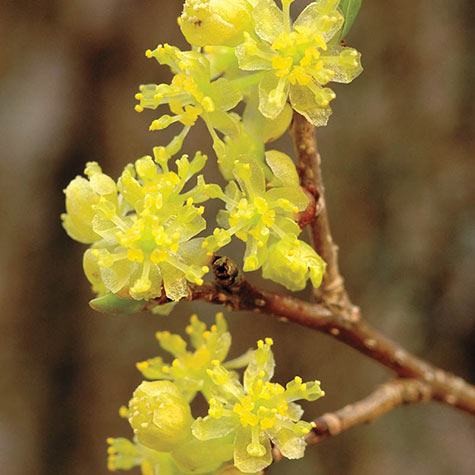
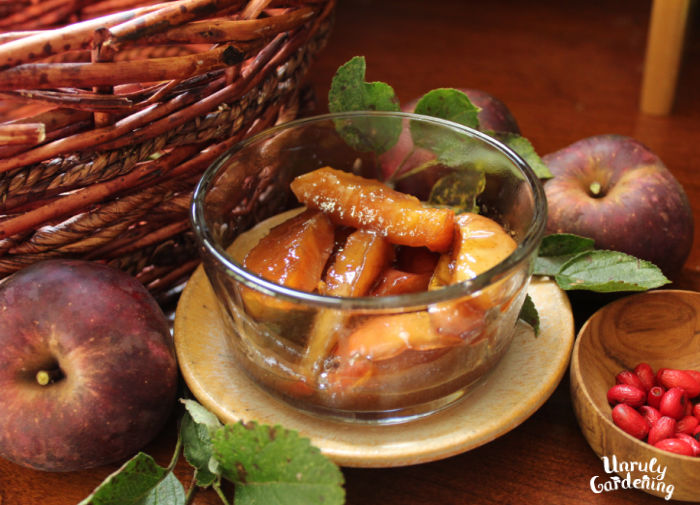 Spicebush Apples
Spicebush Apples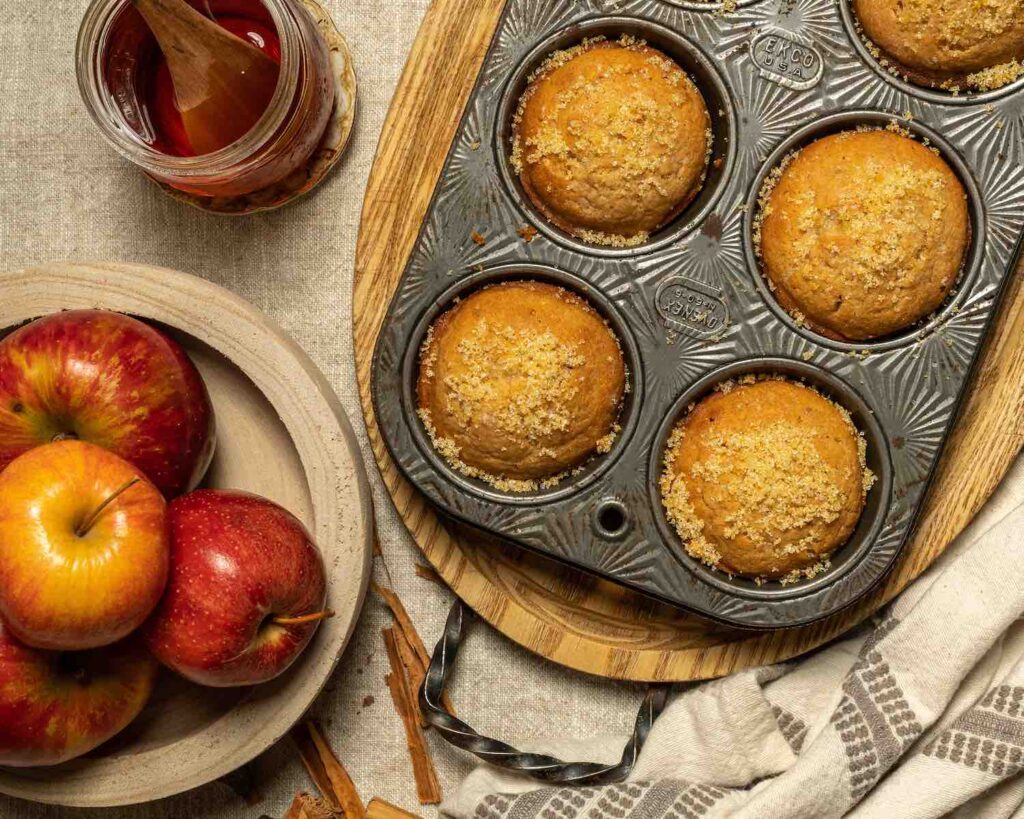 Cider Spice Muffins
Cider Spice Muffins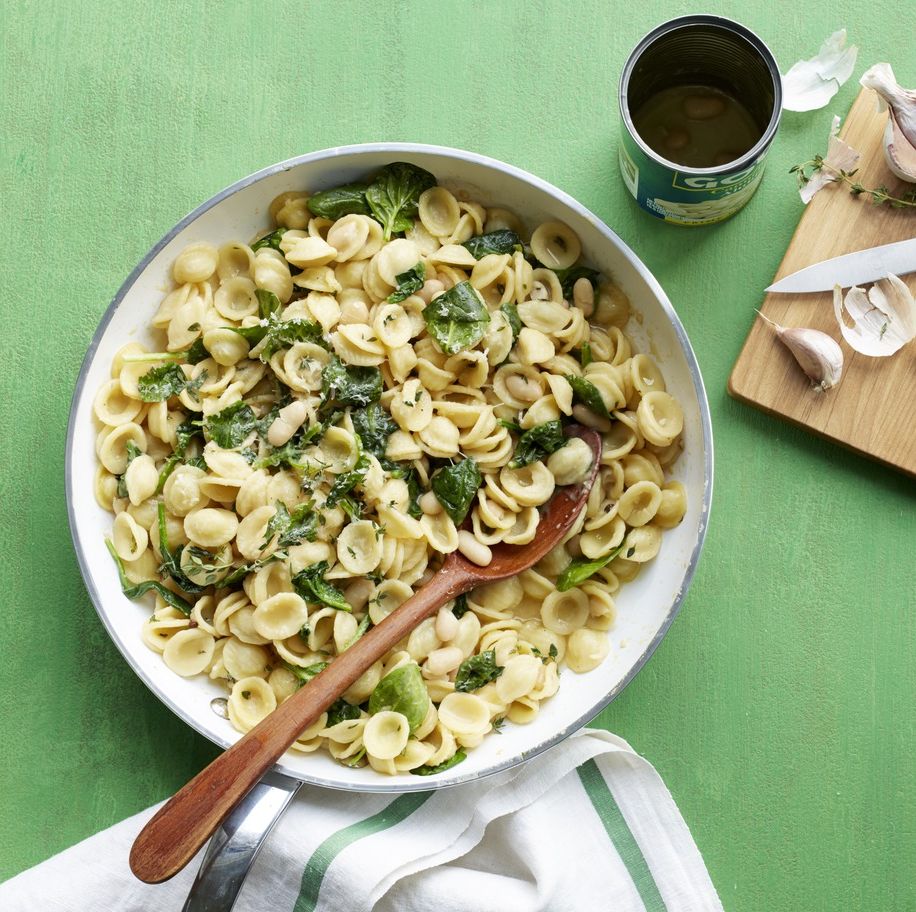 Orecchiette with White Beans and Spinach
Orecchiette with White Beans and Spinach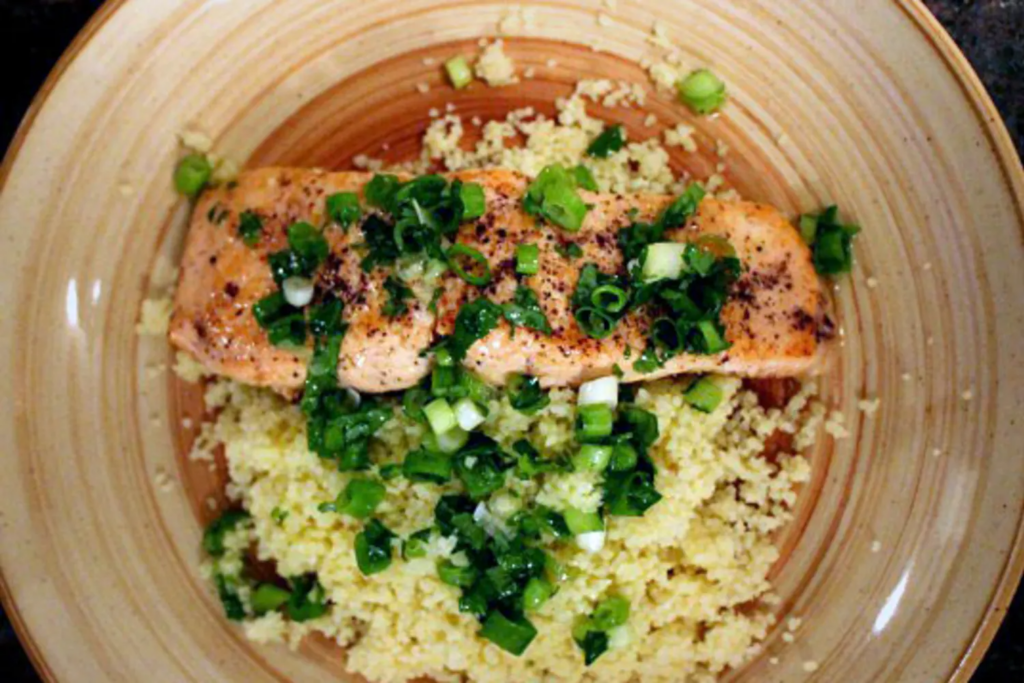 Quick Salmon & Couscous with Cilantro Vinaigrette
Quick Salmon & Couscous with Cilantro Vinaigrette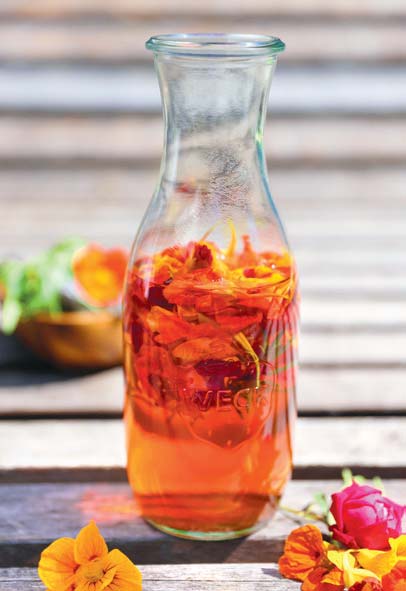 Peppery Nasturtium Vinegar
Peppery Nasturtium Vinegar Spicy Pickled Rainbow Chard Stems
Spicy Pickled Rainbow Chard Stems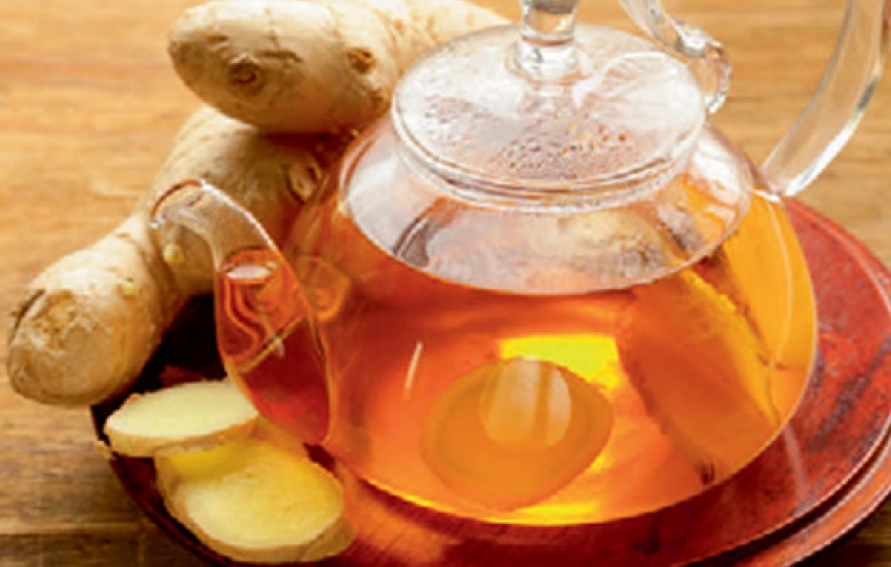 Ginger Turmeric Tea (Tonic)
Ginger Turmeric Tea (Tonic)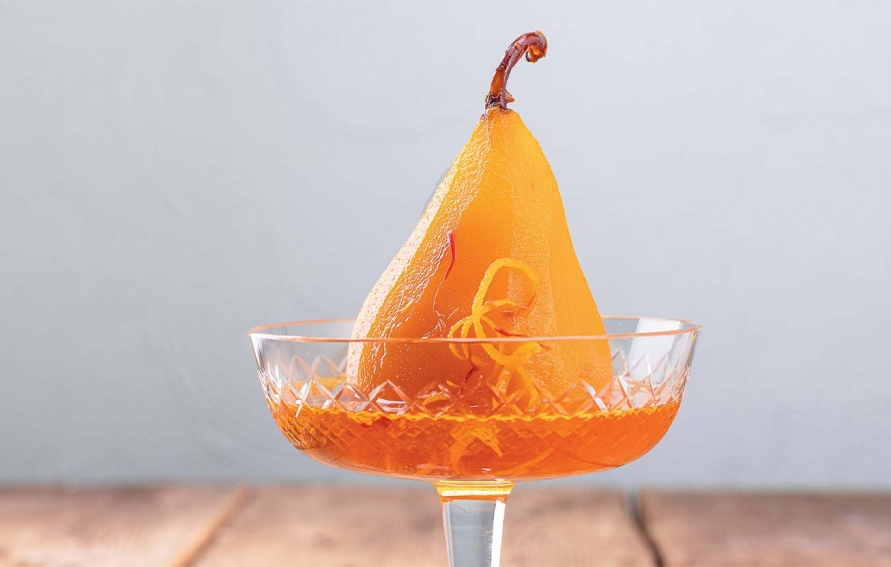 Sweet Lemon and Saffron Poached Pears
Sweet Lemon and Saffron Poached Pears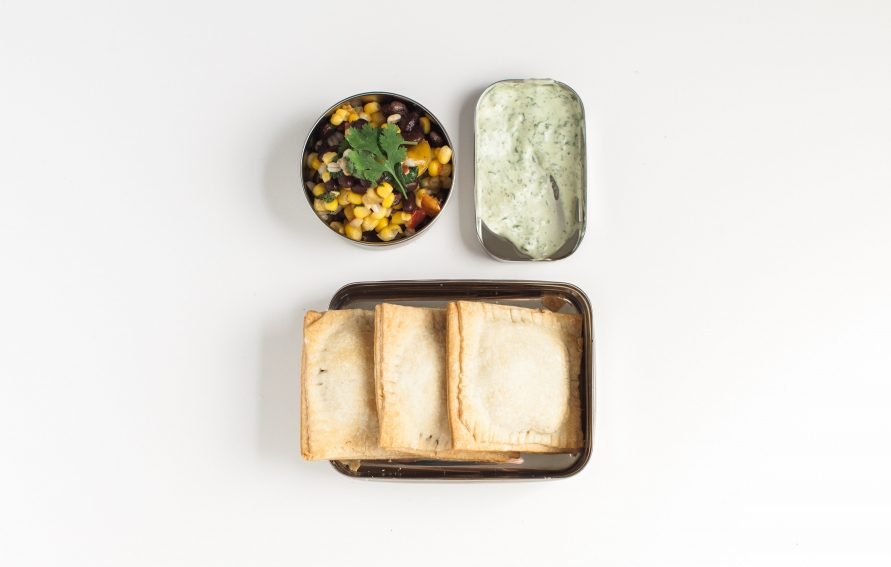
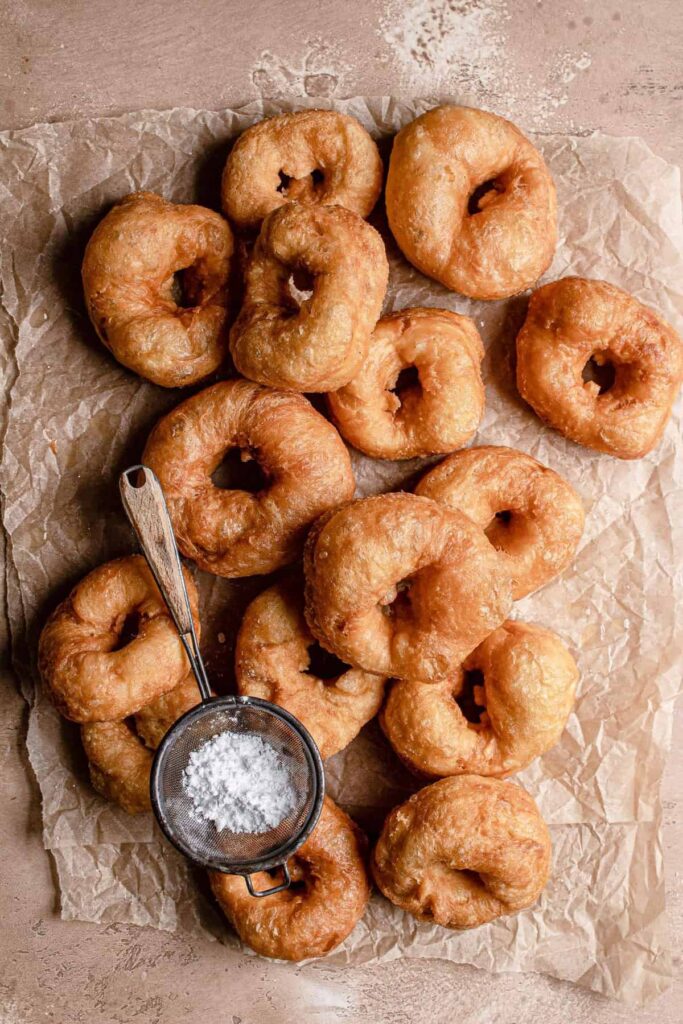 Sfenj Donuts
Sfenj Donuts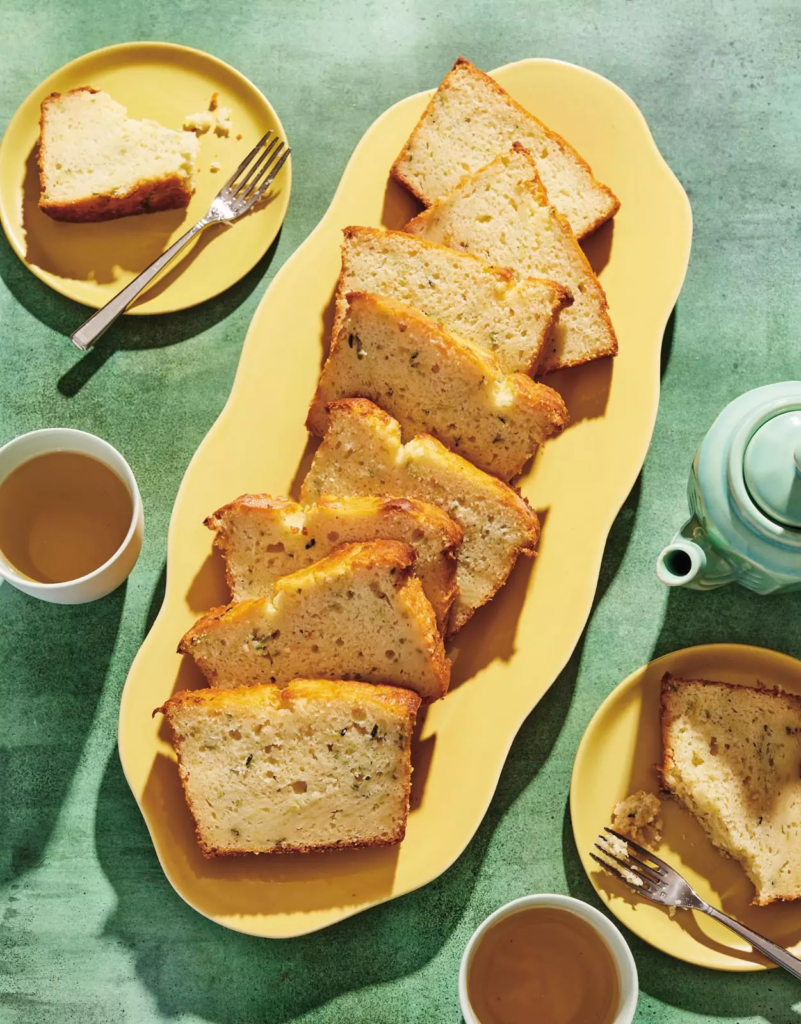 Zucchini Ricotta Pound Cake
Zucchini Ricotta Pound Cake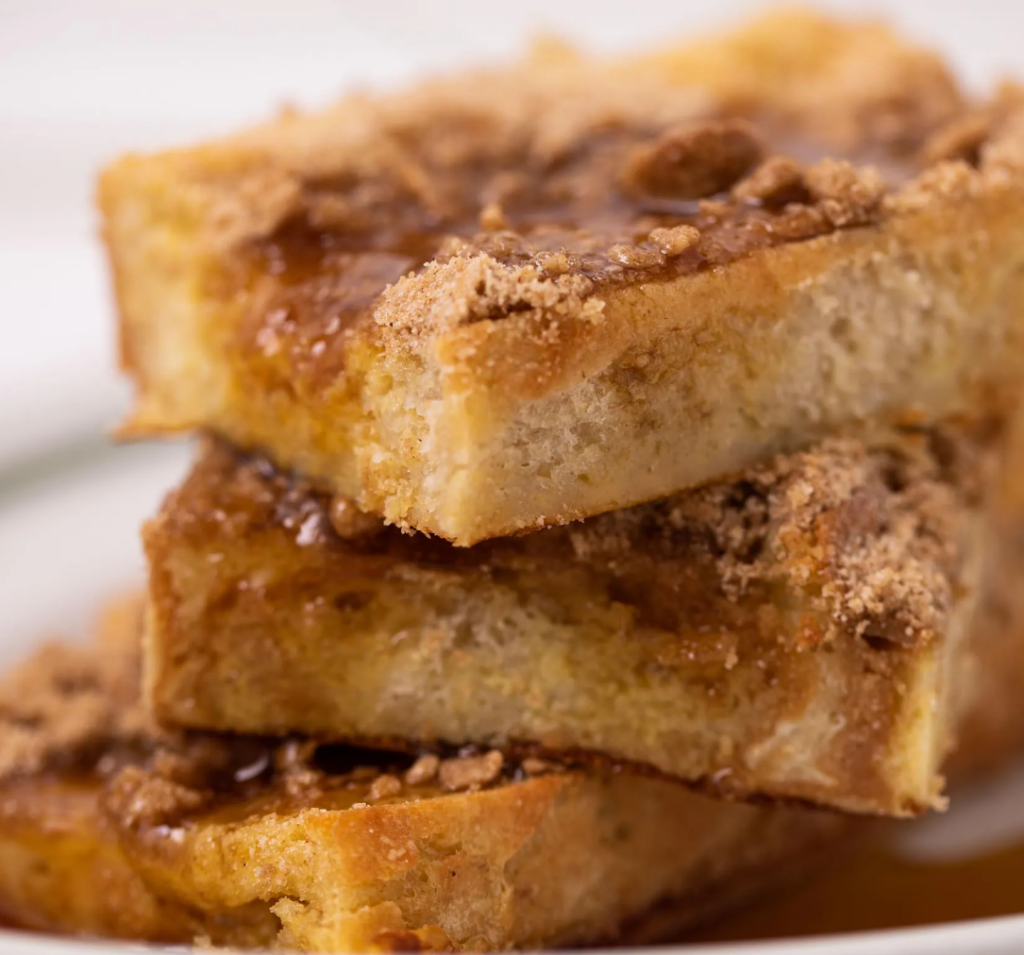 Baked French Toast with Streusel Topping
Baked French Toast with Streusel Topping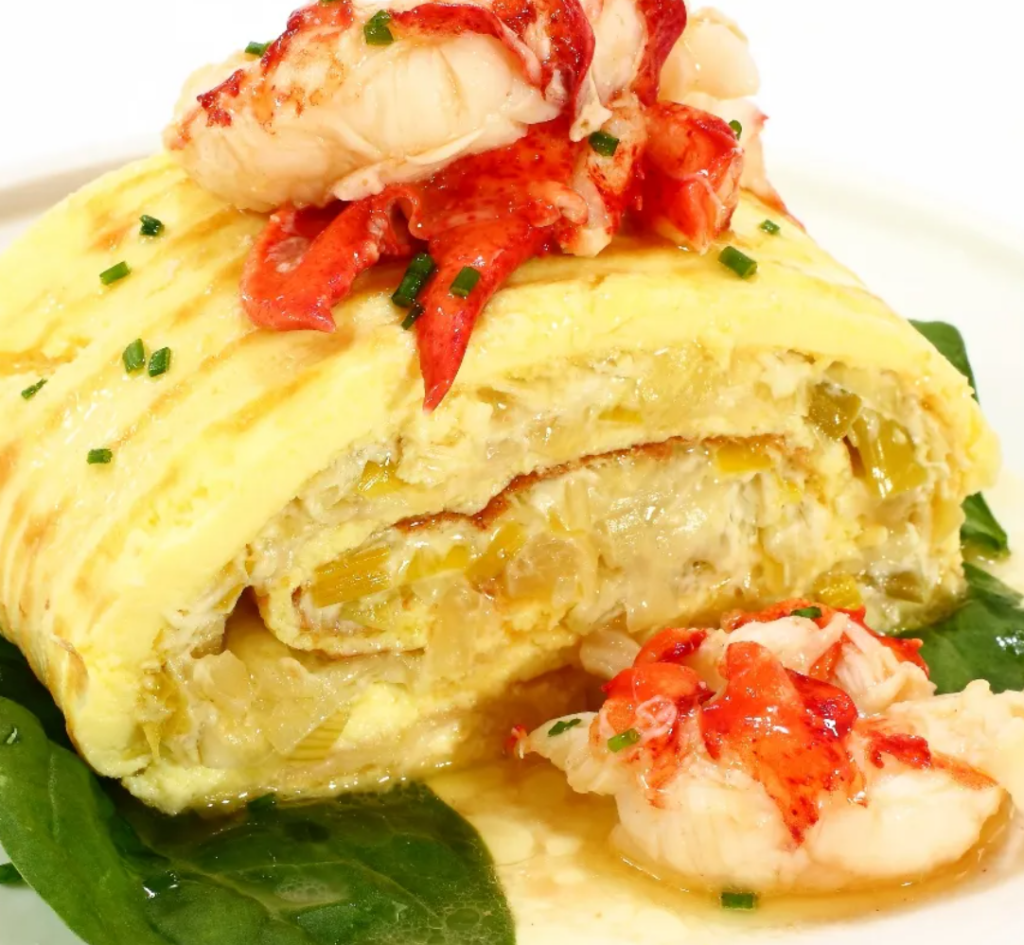 Egg Roulade with Leeks, Parmesan, Lobster, and Sherry Butter
Egg Roulade with Leeks, Parmesan, Lobster, and Sherry Butter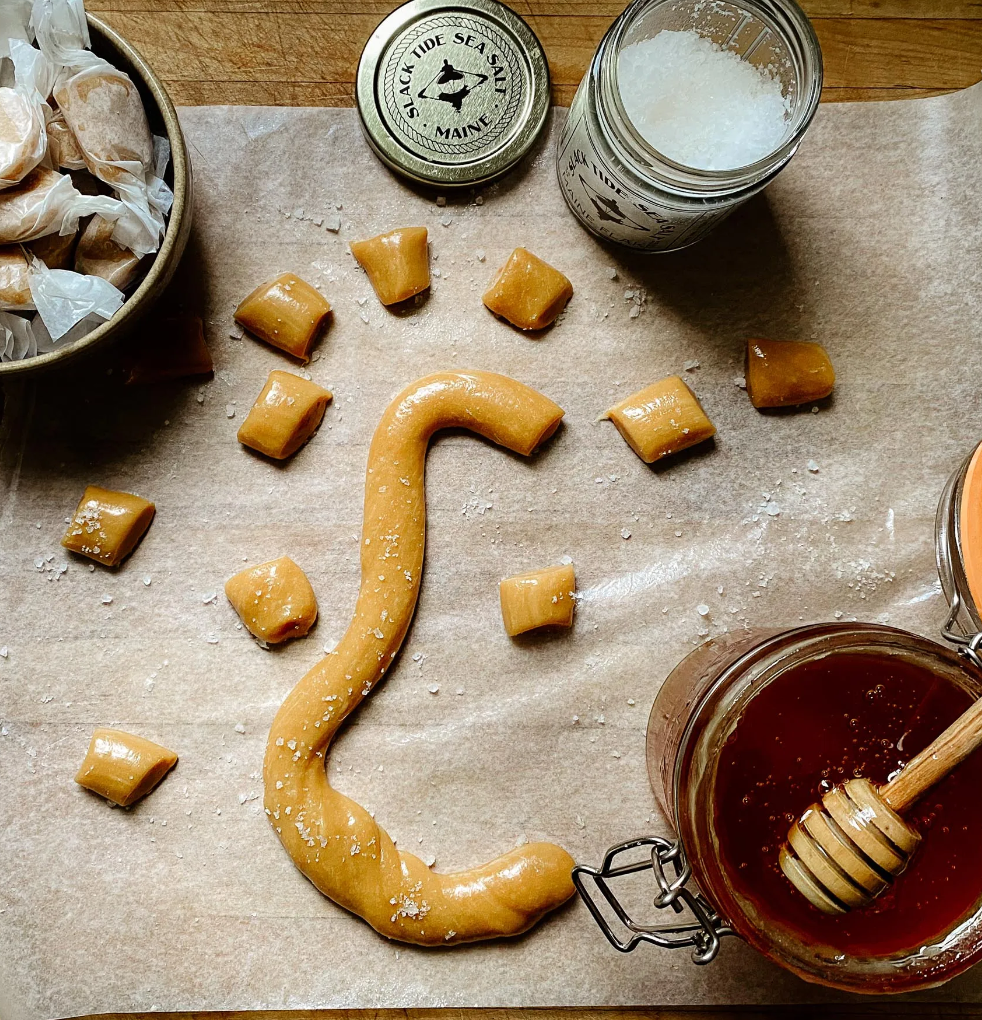 Local Honey Taffy
Local Honey Taffy Burrata Toast with Spring Herb Pesto and Artichokes
Burrata Toast with Spring Herb Pesto and Artichokes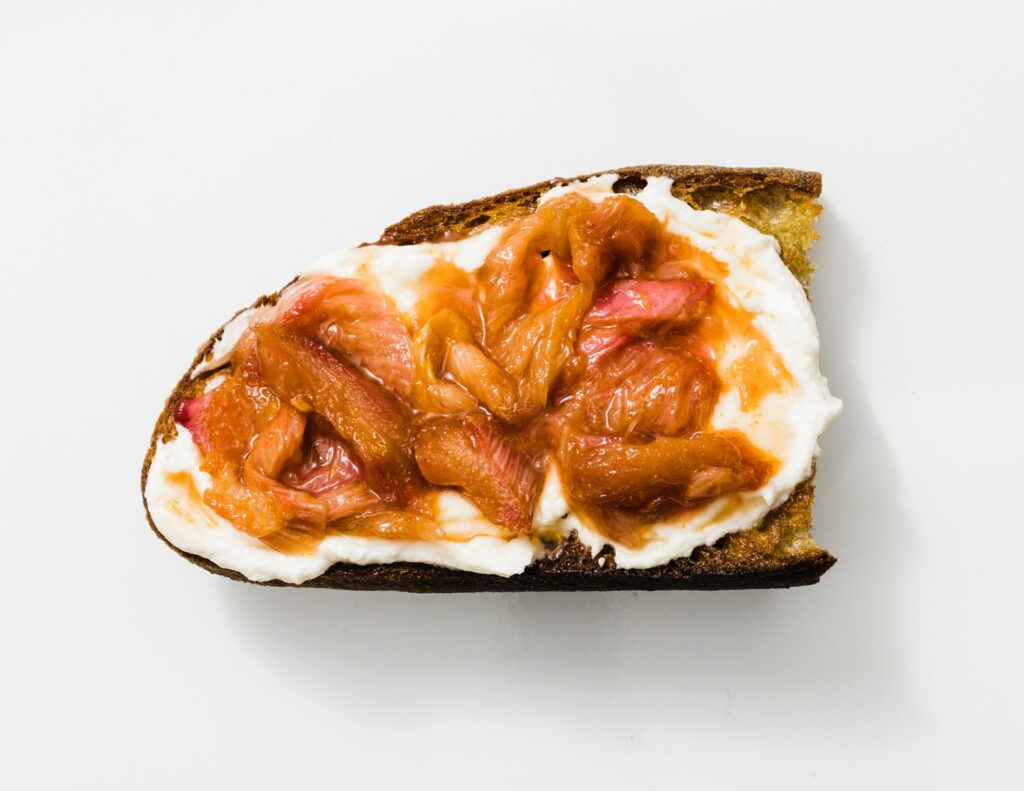 Roasted Rhubarb Toast with Whipped Ricotta and Mascarpone
Roasted Rhubarb Toast with Whipped Ricotta and Mascarpone Leftover Hard Boiled Eggs
Leftover Hard Boiled Eggs Grilled Venison with Goat Cheese, Bacon and Blackberry Sauce
Grilled Venison with Goat Cheese, Bacon and Blackberry Sauce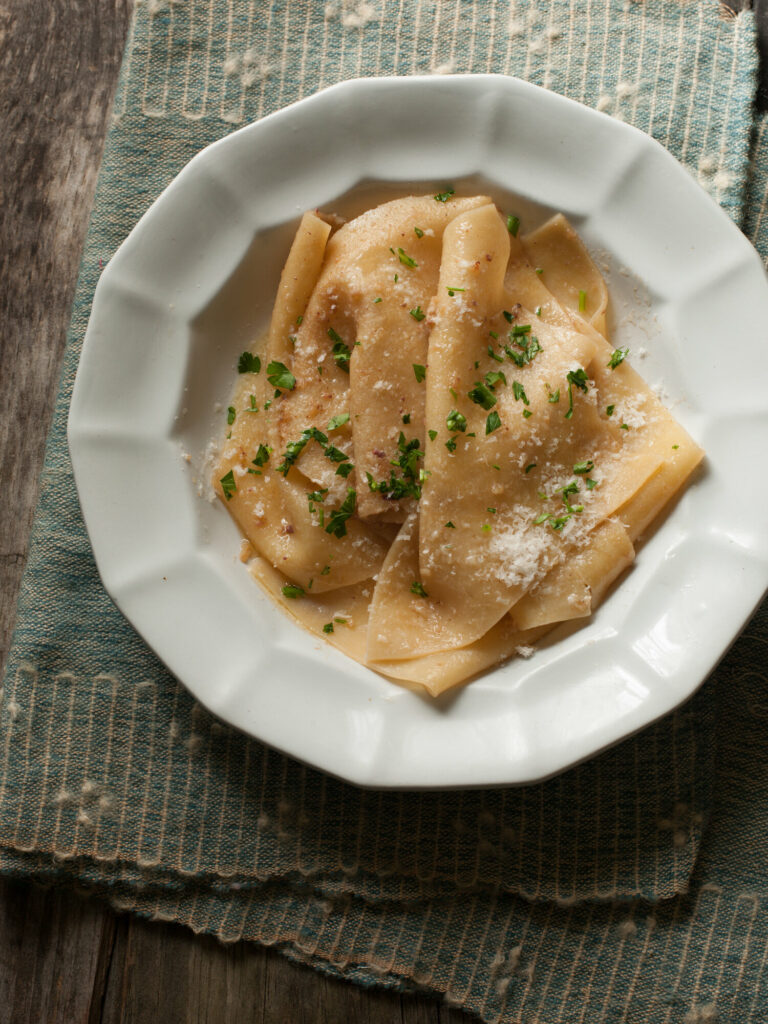 Lasagna della Vigilia
Lasagna della Vigilia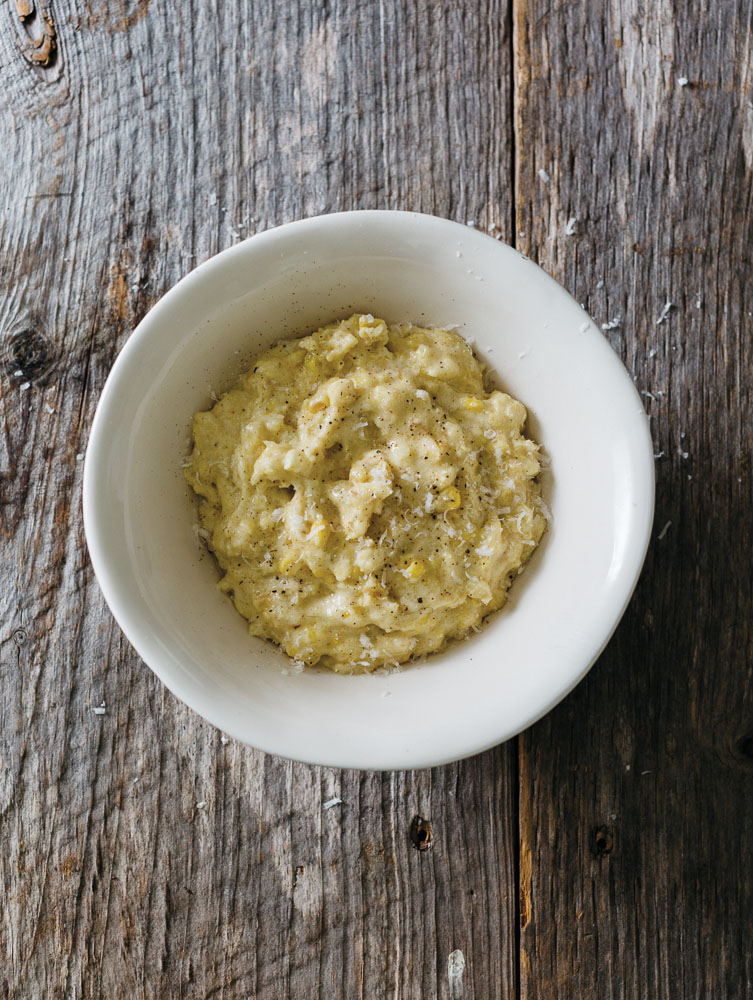 Roasted Corn Polenta
Roasted Corn Polenta Great Grandma Inez Kisser’s Sour Cream Peach Pie
Great Grandma Inez Kisser’s Sour Cream Peach Pie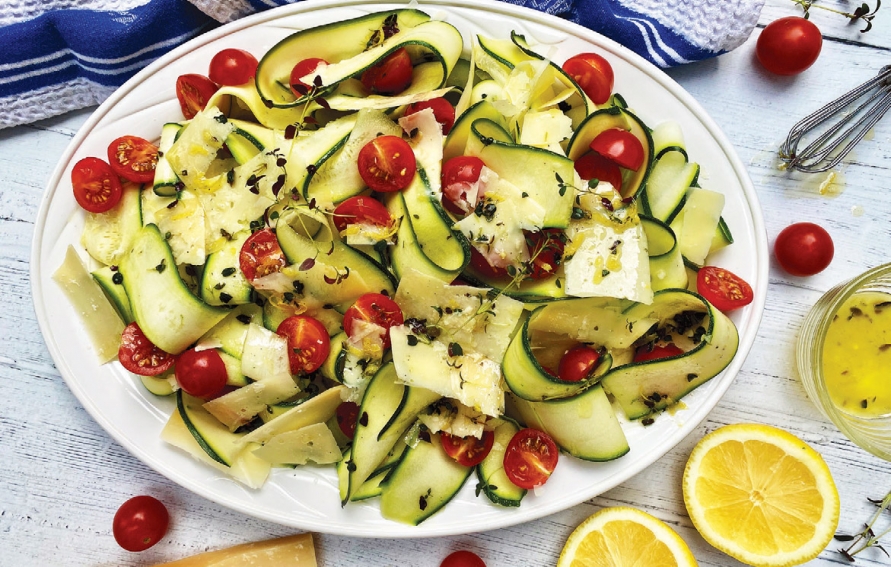 Zesty Zucchini Ribbon & Cherry Tomato Salad
Zesty Zucchini Ribbon & Cherry Tomato Salad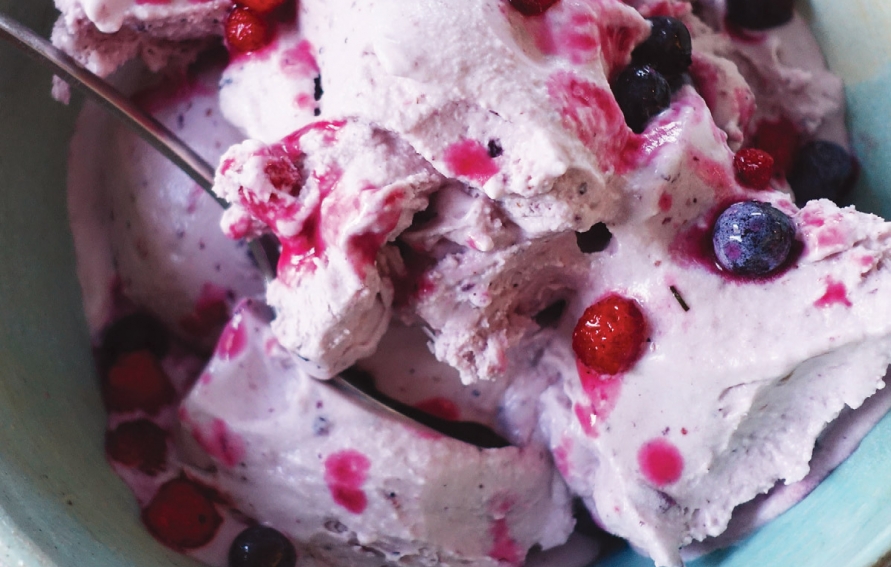
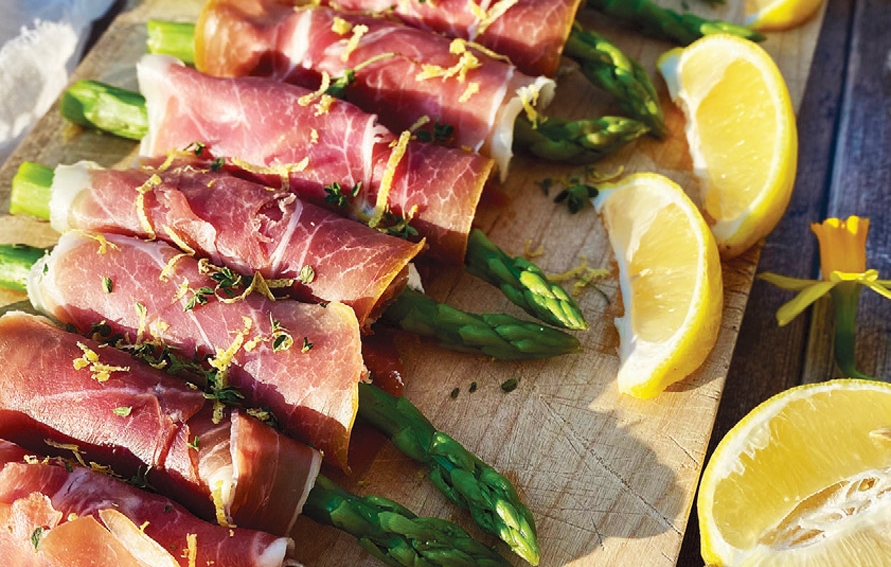 Prosciutto-Wrapped Lemon Thyme Farmer Cheese Asparagus Appetizer
Prosciutto-Wrapped Lemon Thyme Farmer Cheese Asparagus Appetizer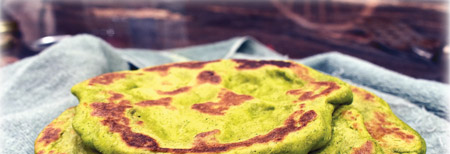 Nettle Naan
Nettle Naan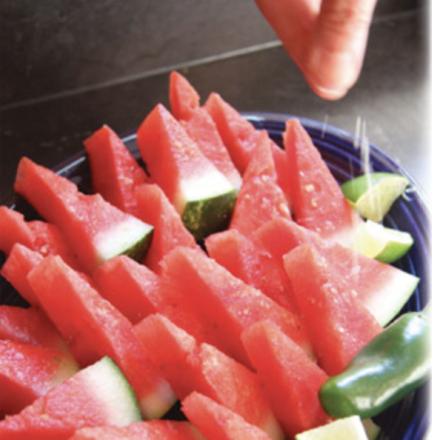 Boozy Spicy Watermelon Wedges
Boozy Spicy Watermelon Wedges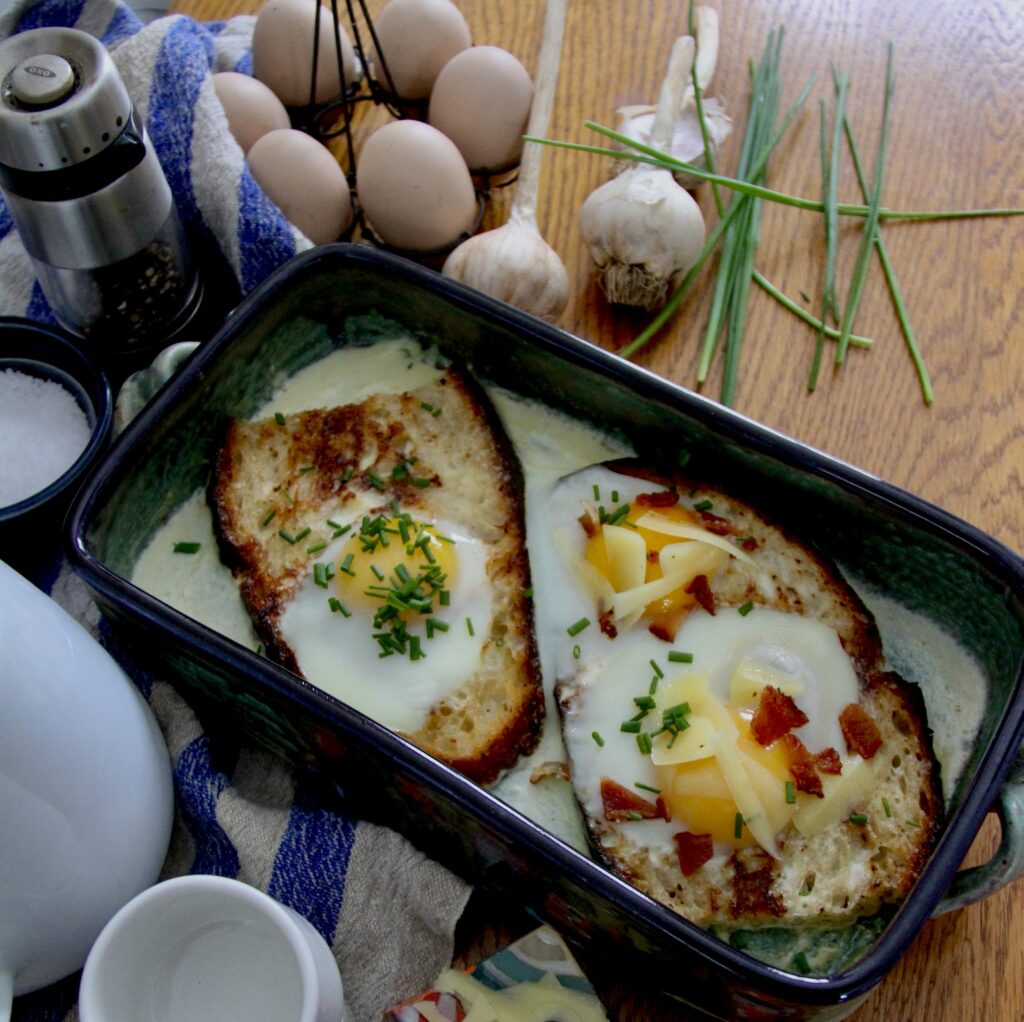 Oeufs au Plat Bressanne (Baked Toast with Cream and Eggs)
Oeufs au Plat Bressanne (Baked Toast with Cream and Eggs)
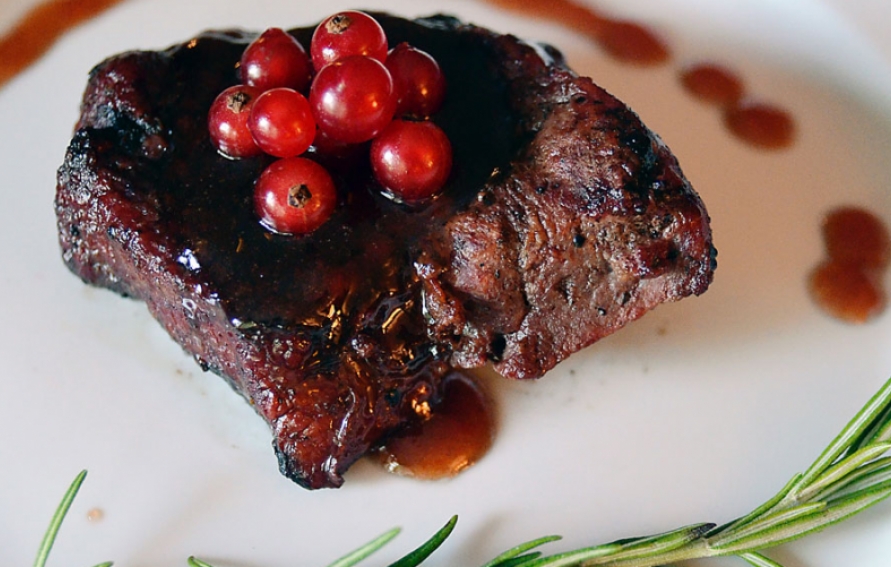 Currant Preserves and Rosemary Sauce for Grilled Steak
Currant Preserves and Rosemary Sauce for Grilled Steak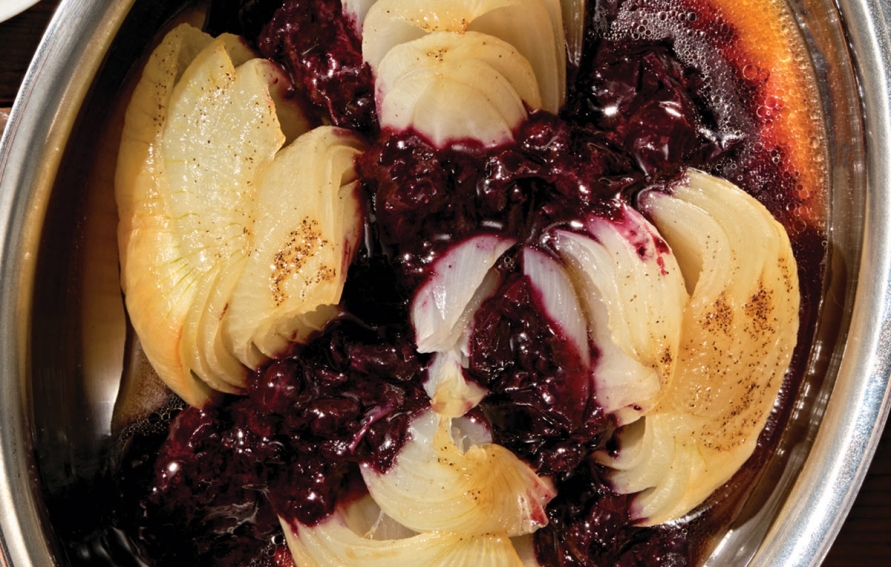 Melting Onions with Berry Compote
Melting Onions with Berry Compote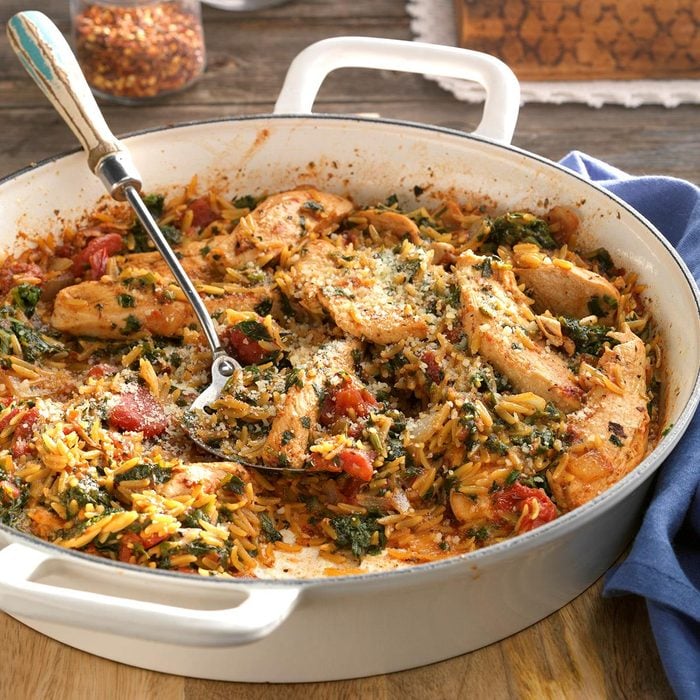 One Pot Chicken and Orzo Skillet
One Pot Chicken and Orzo Skillet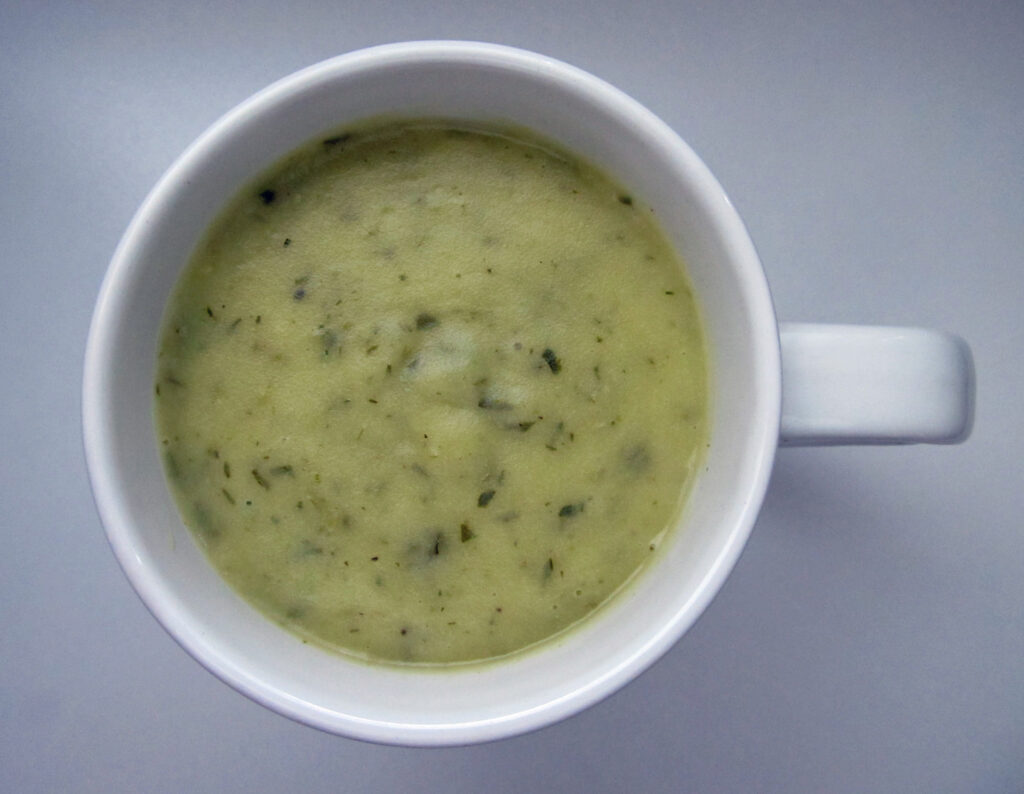 Clover Soup
Clover Soup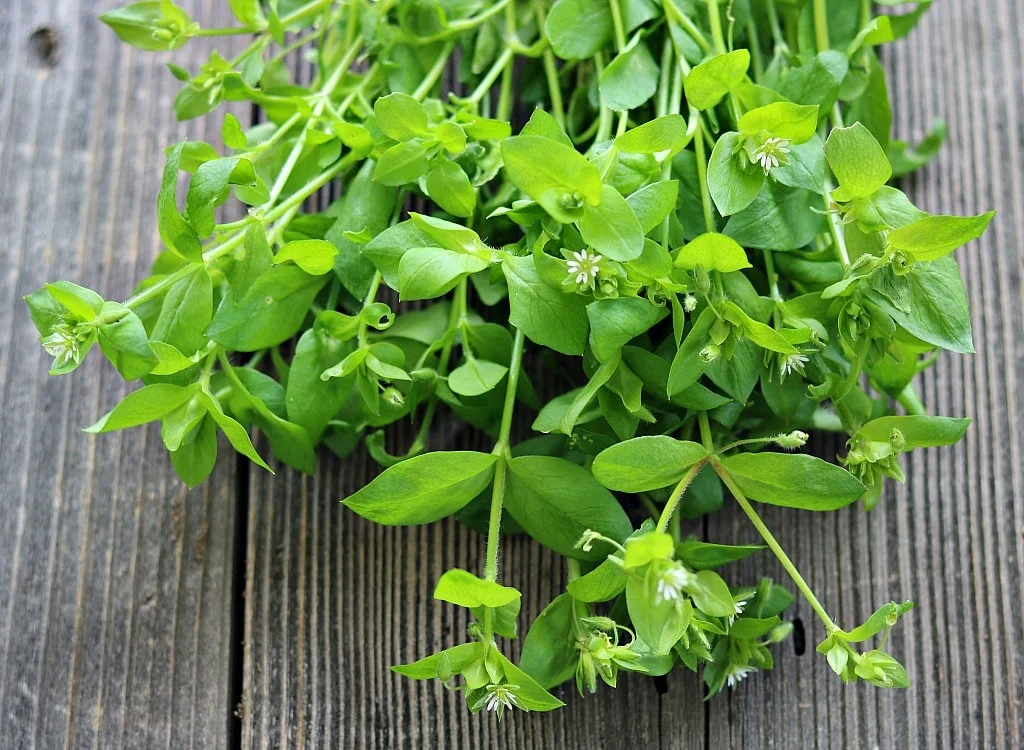 Chickweed “Sprouts” with Goat Cheese in Toasted Veggie Sandwiches
Chickweed “Sprouts” with Goat Cheese in Toasted Veggie Sandwiches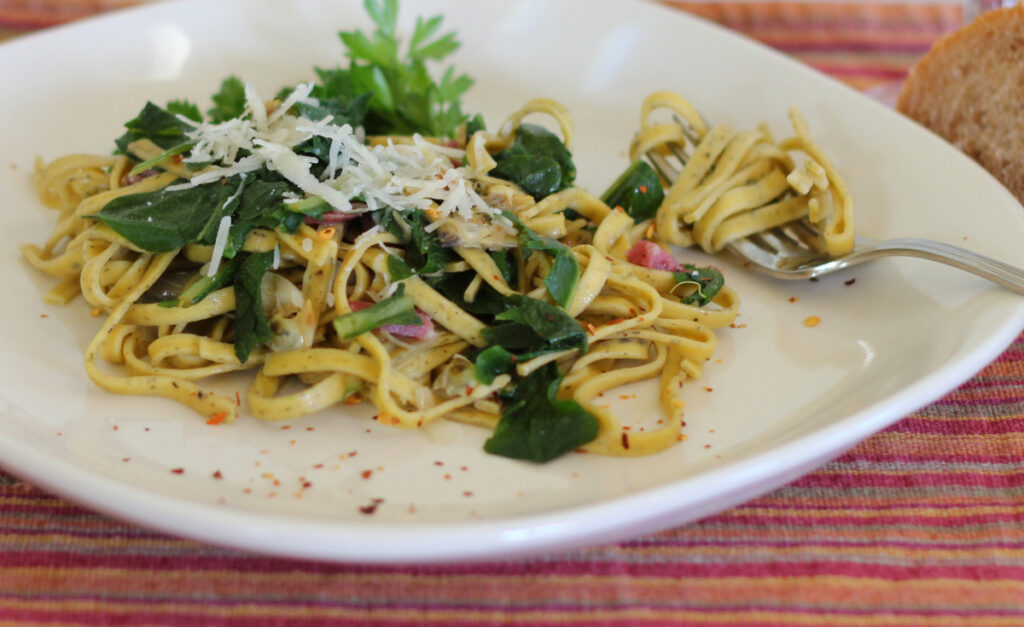 Cat’s Ear and Clam Linguine
Cat’s Ear and Clam Linguine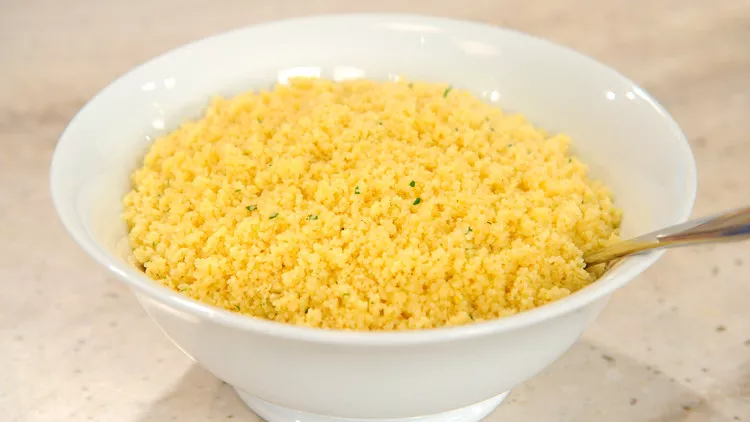 Buttery No-Cook Couscous
Buttery No-Cook Couscous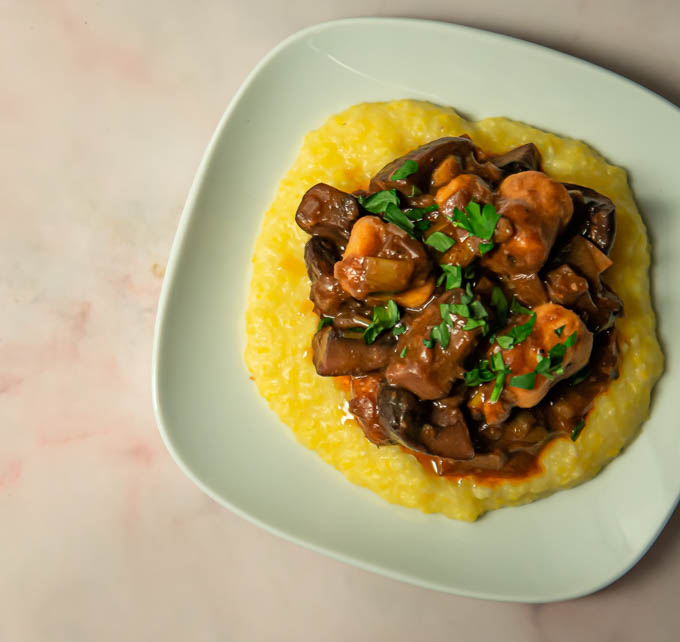 Wine-Braised Mushrooms and Gnocchi
Wine-Braised Mushrooms and Gnocchi Skillet Shrimp Scampi with Orzo and Tomatoes
Skillet Shrimp Scampi with Orzo and Tomatoes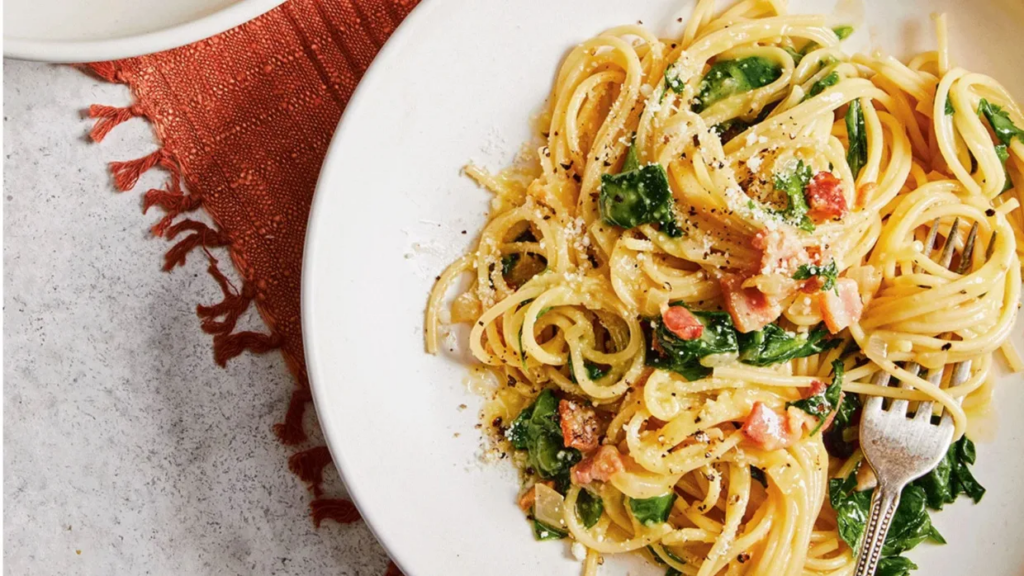 One Pot Bacon & Egg Spaghetti with Greens and Herbs
One Pot Bacon & Egg Spaghetti with Greens and Herbs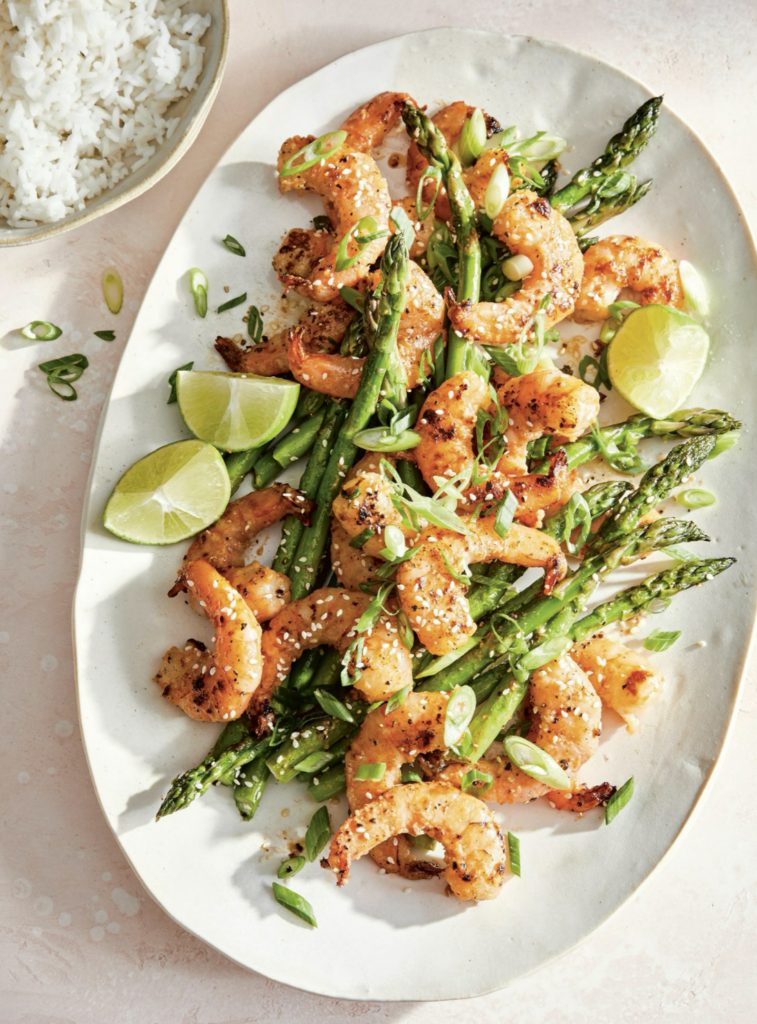 Seared Miso-Sesame Shrimp and Asparagus
Seared Miso-Sesame Shrimp and Asparagus